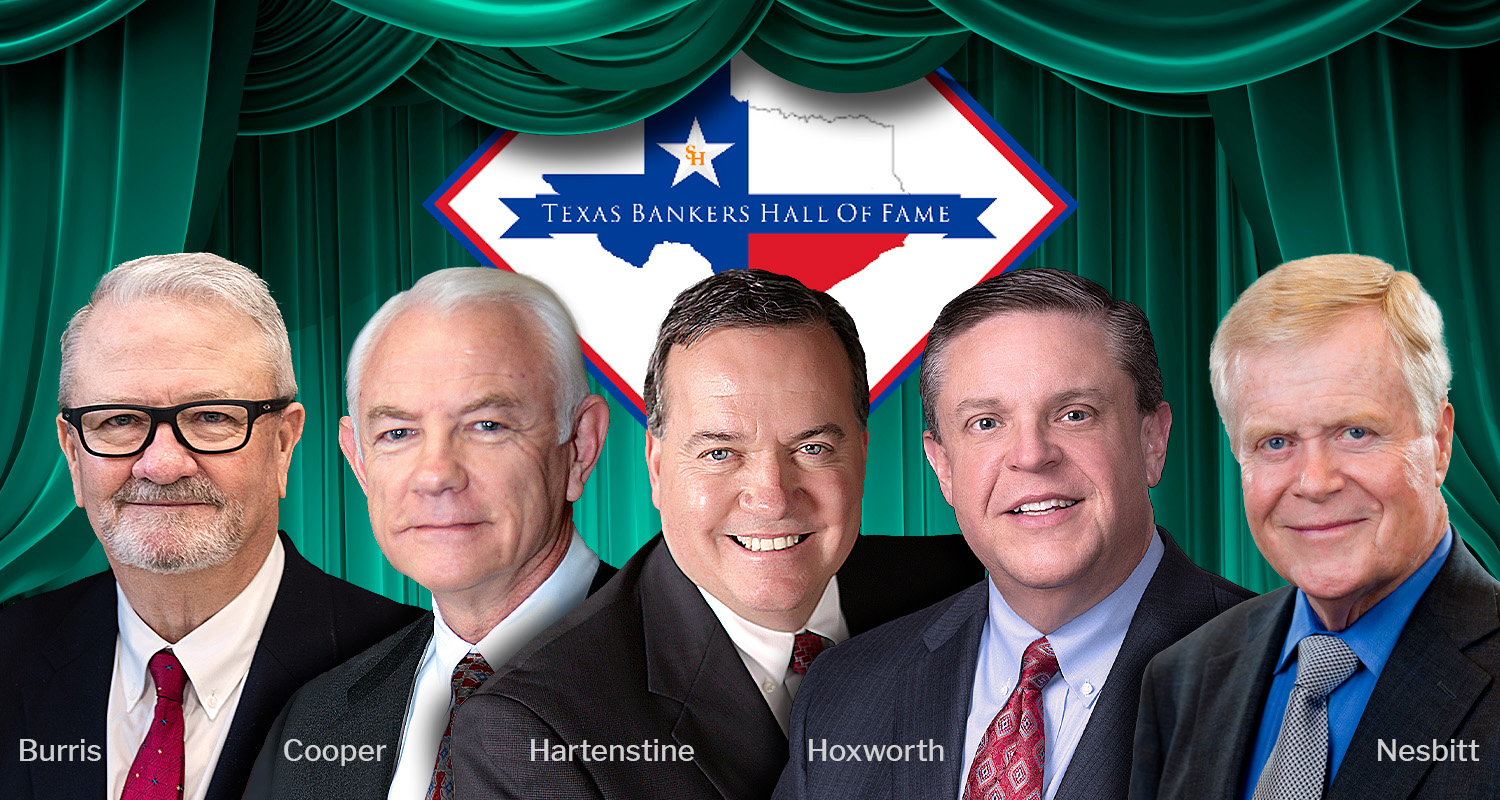What if we could predict the weather? On September 5, 1862, this question led James Glaisher to do something no one had ever done before. Along with aeronaut Henry Tracy Coxwell, he stepped into a hot-air balloon and ascended to heights never before reached, almost 36,000 feet. Before eventually passing out due to a lack of oxygen, Glaisher collected data to document atmospheric conditions and, in the process, formed the basis of modern meteorology.
Glaisher was driven by a simple theory: if you could collect data from the sky, you could better understand the wind patterns, dew points and other factors that created weather conditions and then use that data to determine the weather’s changes, making the unpredictable a little less so. His theory was mocked by others in intellectual society and he was accused of trying to do something patently unscientific—something akin to telling fortunes. But Glaisher was undeterred.
Glaisher’s story is not unfamiliar. It is, in many ways, similar to the story of Billy Beane, the famed manager of the Oakland As documented in the book and film Moneyball. Beane adopted a statistical approach to baseball that had been widely disregarded by the game’s traditionalists. He looked at different data to evaluate the likelihood of players’ success. Beane’s approach led the Oakland As to the playoffs in 2002 and 2003 with a total player salary of $44 million—versus the $125 million on the Yankee’s payroll.
Our takeaway from these stories is clear. With the right data, the world can be changed. Or, at least, you can win a few more baseball games.
Community bankers face a fundamental problem. Over the past 30 years, technology has changed the business of banking with increasing rapidity. But, for the most part, community bankers have been kept in the dark as to how technology interacts and what their options are for implementing new solutions.
Banking technology has become more core-centric. Nearly 80 percent of banks nationwide manage concentrated core banking, online banking and mobile banking services with a single provider. The reasons for the concentration are well known. The viable core service providers have become fewer in number. Those left standing have bought up other service providers and promised community bankers the ease of product deployment by staying in the ecosystem of the core.
But there’s a cost to this concentration. With every step, it becomes more difficult to see beyond the walls of your own ecosystem. With each contract, it is easier for technology providers to keep you safely inside the ecosystem they have constructed for you.
Rising Above the Problem
Community bankers need what James Glaisher needed: data. You require data to help make informed decisions. You need a new perspective to help control the future of your bank and the deployment of new technology. Over the past two years, the Independent Bankers Association of Texas (IBAT) has been working on this problem. We’ve asked, “What, if anything, will help community bankers out of their present predicament?” This search has led us down many rabbit holes and all over the world before, eventually, bringing us back to Austin. That is where we found FedFis. Through an exclusive relationship with FedFis, we have developed IBAT’s FinTegration Strategist, which promises a fundamental change in the way you look at your bank’s technology, as well as your options for future technology deployment.
How do we do it? With data, of course. Among the many points of data gathered by FedFis is key vendor information on every bank and credit union, such as core processor, online, mobile, EFT, LOS, etc. FedFis has the data, which it maintains to a standard of 98 percent accuracy.
“Having the banks’ vendor data doesn’t just show us market-share statistics,” says Dave Mayo, FedFis CEO, “it opens the door for us to see the entire world of integration pathways. We know which systems operate with each other because we have proof that they are operating with each other in banks today.”
IBAT’s FinTegration Strategist will provide community banks with the ability to see outside of the current walls of their technology stack, rise above the problem and see paths forward in ways they have never been able to before. The goal: picking better technology to do better banking.
How Does it Work?
When community bankers sign up for (and into) IBAT’s FinTegration Strategist, the first step is validation. “We start by showing you all of the information we have on your bank,” says Christopher Williston, IBAT’s president and CEO. “This helps with validation, but also offers confidence in the FedFis data to provide you with good insights.”
Once the data is verified, bankers select a product or service they are eager to implement or change. “This is where the data really opens up,” Williston notes. “Bankers can immediately see what solutions are being used by other banks like theirs.”
“The proof is in the pudding,” Mayo says. “Technology companies can tell you they integrate all day long. FinTegration Strategist shows you how many banks likes yours are up and running on specific products in a matter of seconds.”
The goal of FinTegration Strategist is not to tell you which products to choose, it’s to get you to a short list of those products’ vendors in a matter of minutes, rather than a matter of months. “There are no requests for proposals or extended consulting engagements,” Williston says, “This is a simple math-based approach to get your team headed in the right direction.”
FinTegration Strategist then takes the next steps to help bankers gain intelligence, such as a vendor’s trajectory—is it gaining or losing market share—and changes in key performance indicators in banks that use specific technology solutions. “The ultimate goal is to drive outcomes for your bank,” Williston notes. “Pairing key vendor data with bank performance data allows you to see which vendors are actually helping banks achieve those outcomes.”
Driving Toward the Future
While many bankers have looked at technology as an exercise in “keeping up with the Joneses,” others have used technology to drive a new business model in banking. “While FinTegration Strategist can help you do something as simple as picking your next vendor, we believe it’s able to do much more for banks that are looking to technology as an alternative path for sustainability and growth,” Williston says.
“The U.S. loses 250 banks a year,” Mayo observes. “We’re not losing those banks because they fail. We lose them because other banks are looking for scale to become more profitable. But what if there were other ways to achieve profitability and scale?”
Mayo points to the success of ventures like Redneck Bank, the direct digital bank brand offered by All American Bank in Mustang, Oklahoma. Closer to home, TransPecos Banks launched BankMD in 2018, a direct digital brand aimed at attracting medical professionals.
Beyond direct digital banking is the opportunity for banks to sponsor fintech companies (more to come on this in the future). “We see FinTegration Strategist as the perfect complement to a bank’s strategic planning process,” Williston concludes. “No matter where you are headed, technology probably fits into the equation. IBAT can now help you get the information you need to make good decisions in a timely manner.”
We have reached a tipping point in technology decision-making due to the complexity and number of variables in the process. It is outside the bounds of a manual process and requires a data-driven fintech solution: FinTegration Strategist.
Say Howdy to the Fintech Cowboys
Dripping Springs-based FedFis is a data analytics and strategy system for financial institutions. It tracks financial, merger-and-acquisition and vendor data (including technology vendors) on every bank and credit union in the U.S. The company is committed to “truth in banking” by helping community bankers understand which products and services will best pair with their existing technology to drive the desired strategic outcomes. The FedFis team helps bankers see past the sales pitch and into what is actually happening in the U.S. banking system. They help vendors create market share.
FedFis is a family business of precisionists—fifth-generation bankers and technology experts with incredible depth and passion for the banking industry. The company is led by Dave Mayo and Tanner Mayo, also known as the FinTech Cowboys. The duo founded the FI FinTech Movement and the FI FinTech Roundup, a program in which innovative community bankers gather to save community banking by creating better hard-data decision-making processes and identifying and developing new technology products.
“We started building financial institution data analytics systems more than 30 years ago,” Tanner says “We’ve coached and converted 500-plus financial institutions’ online and mobile technology platforms. We’ve lived on the frontline of multiple core conversions. We’re M&A experts, regulatory experts, core-banking historians and emerging fintech enthusiasts. Simply put, we move market share for the industry and support community banking with the honesty you would expect from a family business.”
Start FinTegrating
IBAT’s FinTegration Strategist is available to IBAT members with subscriptions that include:
- 12 months of access;
- One hour of direct consulting with a dedicated FinTegration Strategist consultant selected by IBAT and FedFis to address your bank’s key areas of interest;
- Unlimited support from the IBAT team; and
- Access to quarterly “Ask FinTegration Strategist” calls with the FedFis team.
To learn more or arrange a demonstration, contact IBAT’s Shay Iacoponelli.





